Marketers are often tasked with articulating and communicating the value proposition of a company.
But what is a value proposition, why is it important and how do you get started?
What is a value proposition?
A good value proposition is a compelling statement that summarises why a customer should choose your product over the other alternatives out there.
It should be succinct and use plain language – you want it to be easy to understand within a few seconds as most people scan content rather than read each word. It should be memorable, but most of all, it should highlight what’s desirable about your product.
In 1954, Rosser Reeves nailed it with “The Milk Chocolate Melts in Your Mouth Not in Your Hands” for M&Ms. At the time, the patented double-chocolate coating process wasn’t part of the messaging around the product, but bringing it to the forefront helped set it apart from the competition and established the value for customers.
The value proposition is an essential piece of your product messaging that lays the groundwork for a sale – it addresses people who are in-market for your product and actively looking for solutions. But it isn’t necessarily a tagline for your latest ad campaign and it isn’t a list of all the features or benefits your product delivers.
While it works at the product level to help people make a buying decision, its origins come from deep within the business. Your value proposition goes back to the original reason your company was formed – it’s all about the problem you’re trying to solve for your customers.
Writing about value propositions for Harvard Business Review, James Anderson, James Narus and Wouter Van Rossum say that “properly constructed, they force companies to rigorously focus on what their offerings are really worth to the customer. Once companies become disciplined about understanding customers, they can make smarter choices about where to allocate scarce company resources in developing new offerings.”
It’s about being the best in your industry at something – the best solution, the best cost, the best value for money, the best process, the best customer experience. Without that distinction, there is no competitive advantage – and no true value for customers.
It’s about delivering your product or service in a way that your competitors either can’t or won’t replicate.
The company controls the things that go into the value proposition – in the product itself, the cost and process of creating it, the external price, the distribution channels – but value is only realised in the mind of the customer. Roger Martin likens it to two sides of the same coin, you need both the company and the customer to have a complete value proposition.
The elements of a value proposition
Before we start writing our value proposition, we need to gather several key elements that all make an appearance in the final iteration.
Your target customer segment
I firmly believe that everything in marketing starts with identifying who you’re talking to. The value proposition should address a specific customer segment and it should be different for different audiences.
We are all working with limited time, resources and budgets. And we cannot be all things to all people. To make incremental gains, be intentional about who you need to target and where you can drive the most value in the first instance.
Start with one audience at a time and work through them iteratively. They may be named explicitly or they may be implied by the context on the page, but you need to know in your mind who you’re talking to.
Their customer journey and buying triggers
Once you’ve selected your audience, you want to understand the journey they go on from problem aware to solution aware to consideration to purchase – with all the nuances that exist for your industry:
- Look for the biggest challenges they’re facing, the pain points or irritations that they encounter regularly
- What is the trigger event that moves them from being passive customers to actively looking for a solution?
- What language do they use to talk about the challenges and solutions?
You can review existing data your company already has – either previous market research you’ve done or trends from sales or customer service calls – or do new research – from social listening to in-depth interviews to surveys.
Your competitive advantage in the customers’ minds
By identifying the specific pain points and buying triggers of your target customer segments, the next step is to pull out the elements of your product that meet those needs in a way that is better than or different from the other alternatives available.
This is still centred on the customer – the value you are articulating about your product has to reflect what’s valuable to them when they are trying to solve their specific problem.
Proof points
Any company can say that their product will save time, money and hassle. But generic statements will fall flat with customers. Get specific with examples of how you’ve helped people like your prospective customers in the past.
This is where you can bring in the product features and benefits, making them concrete with statistics, quotes and case studies from existing customers.
How to create a value proposition for your brand
You’ve got the right elements and you’re ready to start writing – but where will the value proposition live?
Value propositions are often found on the homepage of your website or on key landing pages for your specific audience. But once you know what people care about and how your product meets that need, you’ll find so many other places for the value proposition to sit – in advertising copy, in organic social content, in blogs and guest posts, in interviews, in your email marketing.
They have so much application and flexibility!
As you’ll see from a number of examples I’ve pulled together below, your value proposition often contains:
- A headline that summarises the key benefit of desired end-state your product delivers
- A subhead or short paragraph that articulates what you do, who you do it for and why they should care
- Bullet points with the most important benefits or features to that target audience
- Proof points like a statistic around how many people you’ve helped or a testimonial from a happy client
- Imagery that is relevant and either showcases the product or embodies the positive emotional state it can deliver
Anthony Tjan, CEO and Founder of venture capital firm Cue Ball, believes there are four overarching types of consumer benefits that companies create.
The first is to have the best quality, to set the best-in-class standard. Think of Louisville baseball bats, Benjamin Moore paints and Stradivarius violins. The second is to deliver the best value for money. Here we can think of JetBlue, Dell, Ikea and Toyota.
The third is to deliver on the benefit of luxury and aspiration, promising an exceptional experience. Brands like Porsche, Hermes, Hublot and Veuve Clicquot come to mind. And finally, you may be a brand that is considered a must-have – something essential a certain subset of people will always need to do their job. Westlaw is a searchable database of all the cases that have happened in the US over the past 100 years and it’s an essential tool for lawyers around the world.
Once you’ve compiled your value proposition, it’s important to test it on your website – or even in a paid search campaign – to validate which version resonates most with your audience.
Examples of good value propositions
CXL is one of my favourite marketing and brand resources. They have a great post on value propositions that’s worth your time, and I’ll kick off examples of good value propositions with theirs: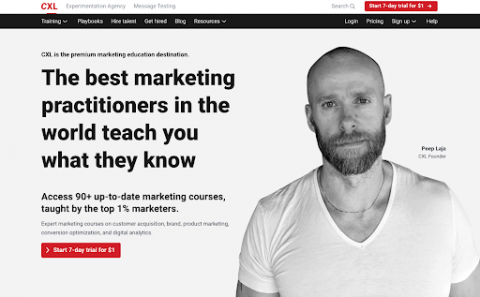 Here is an example from Uber targeting different audiences – drivers and customers looking for food delivery:
Here is an example from Uber targeting different audiences – drivers and customers looking for food delivery: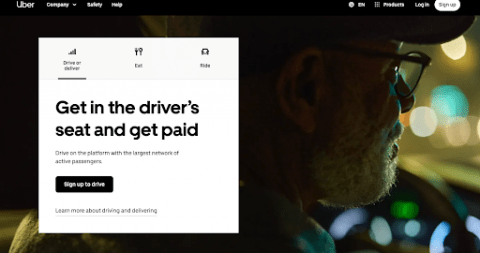
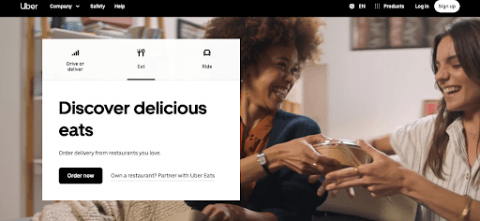 Copywriter Michal Eisikowitz is incredibly clear on the target audience she’s helping – SaaS and B2B brands – and the benefit they’ll receive – leads, sales and authority:
Copywriter Michal Eisikowitz is incredibly clear on the target audience she’s helping – SaaS and B2B brands – and the benefit they’ll receive – leads, sales and authority: 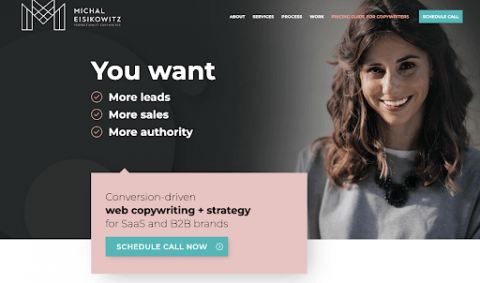 DuckDuckGo calls out a major pain point for people using the internet today – and shows how their search engine solves the problem with privacy-first browsing.
DuckDuckGo calls out a major pain point for people using the internet today – and shows how their search engine solves the problem with privacy-first browsing. 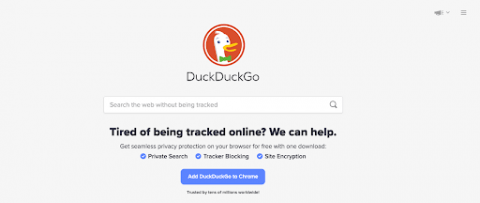 Evernote does a brilliant job being concise and clear with their headline as well as pulling in the additional benefits along the right side of the image.
Evernote does a brilliant job being concise and clear with their headline as well as pulling in the additional benefits along the right side of the image. 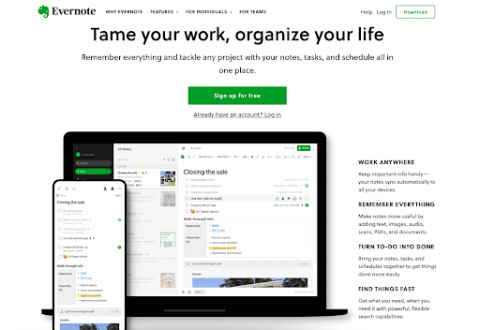 And while Rize ETF doesn’t include a lot of extra information, the headline and subhead are a compelling call to action for the type of investor they want to attract.
And while Rize ETF doesn’t include a lot of extra information, the headline and subhead are a compelling call to action for the type of investor they want to attract.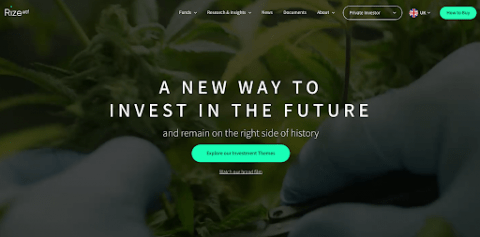 If you have any questions about crafting your value proposition – or if you want to dig into the competitive advantages of your company in more detail – get in touch here.
If you have any questions about crafting your value proposition – or if you want to dig into the competitive advantages of your company in more detail – get in touch here.





